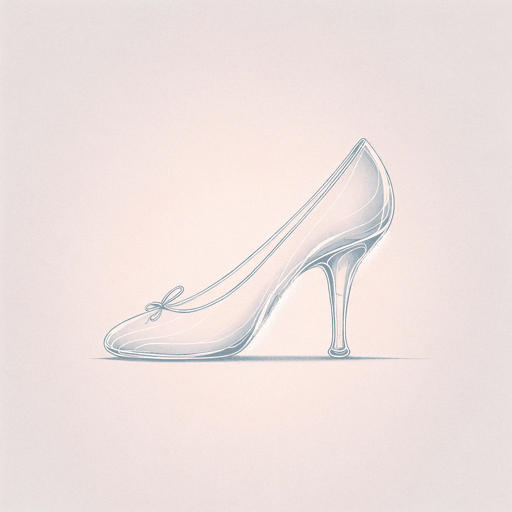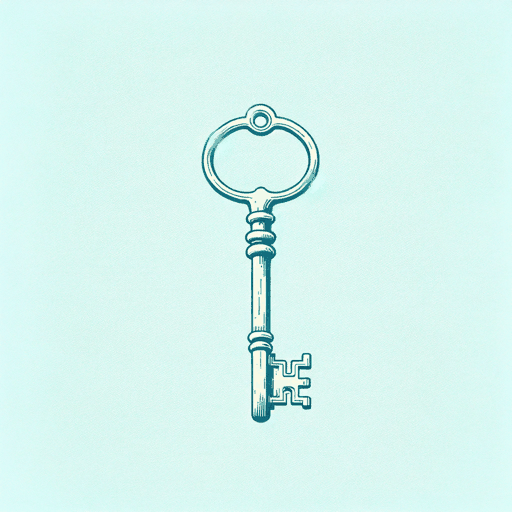28 pages • 56 minutes read
Charles PerraultThe Little Glass Slipper
Fiction | Short Story | Adult | Published in 1697A modern alternative to SparkNotes and CliffsNotes, SuperSummary offers high-quality Study Guides with detailed chapter summaries and analysis of major themes, characters, and more.
Story Analysis
Analysis: The Little Glass Slipper
Perrault's “Little Glass Slipper” is a timeless tale that has captivated readers for centuries. Published in 1697 as part of Perrault's collection of fairy tales, this particular story has become one of the most iconic versions of the Cinderilla narrative. Perrault's “Little Glass Slipper” explores The Importance of Virtuosity, Transformation, and The Triumph of Good Over Evil while alluding to societal expectations of women—namely, that the ideal woman is humble and forgiving. For example, in spite of being abused by her stepsisters, Cinderilla invites them to live in the palace and verbalizes hopes for their love.
Perrault uses concise prose and a third-person omniscient voice who knows all and can see inside the characters’ heads. He draws from folktales of generational storytelling. He tailors these tales to include elements of whimsy and moral messages, such as the importance of obedience and modesty. Perrault adapts folktales to fit his contemporary aristocratic class's cultural expectations and values, subtly intertwining a moral code associated with the French Court at Versailles.
The story unfolds in a world where magic and reality intertwine matter-of-factly.
Related Titles
By Charles Perrault



